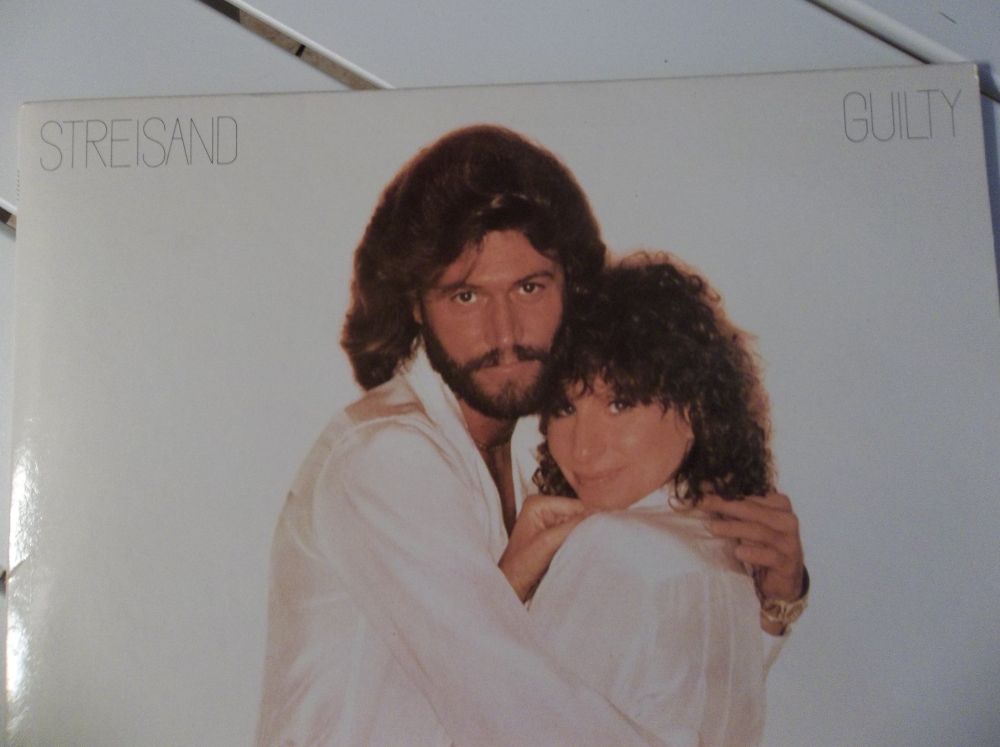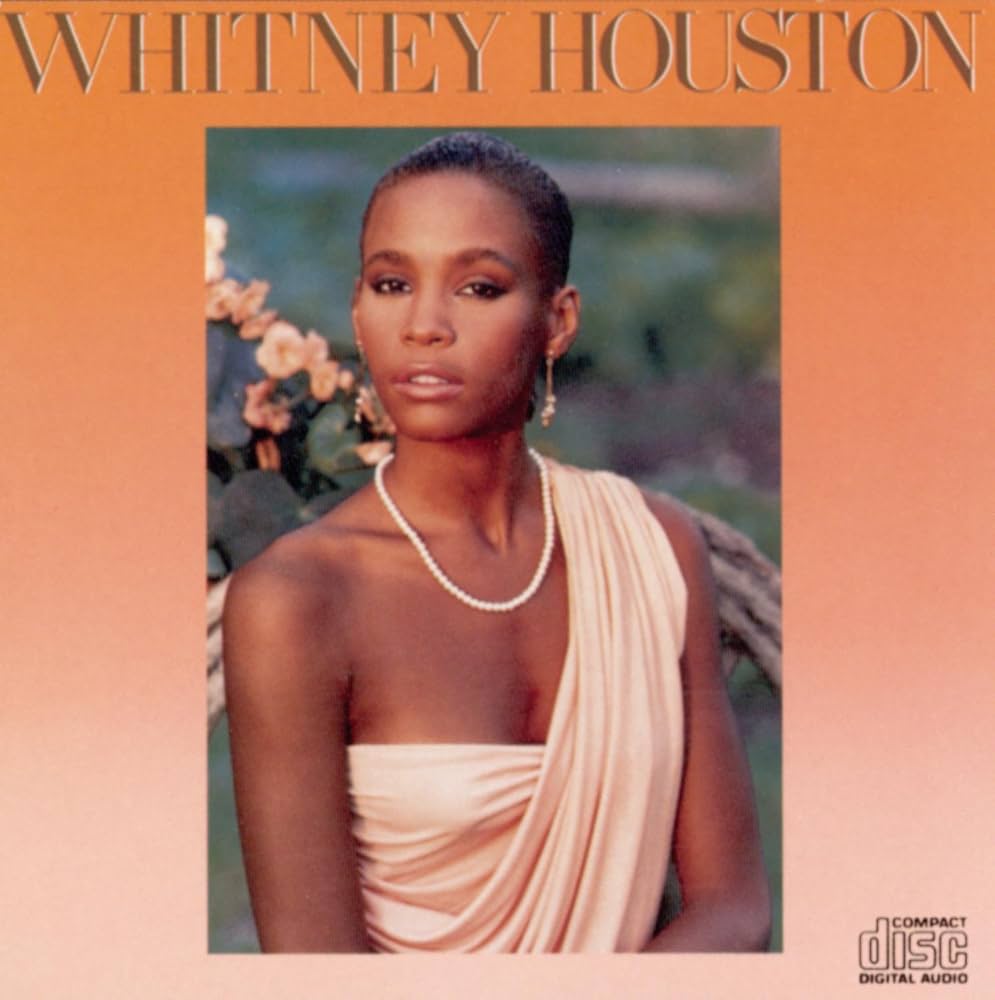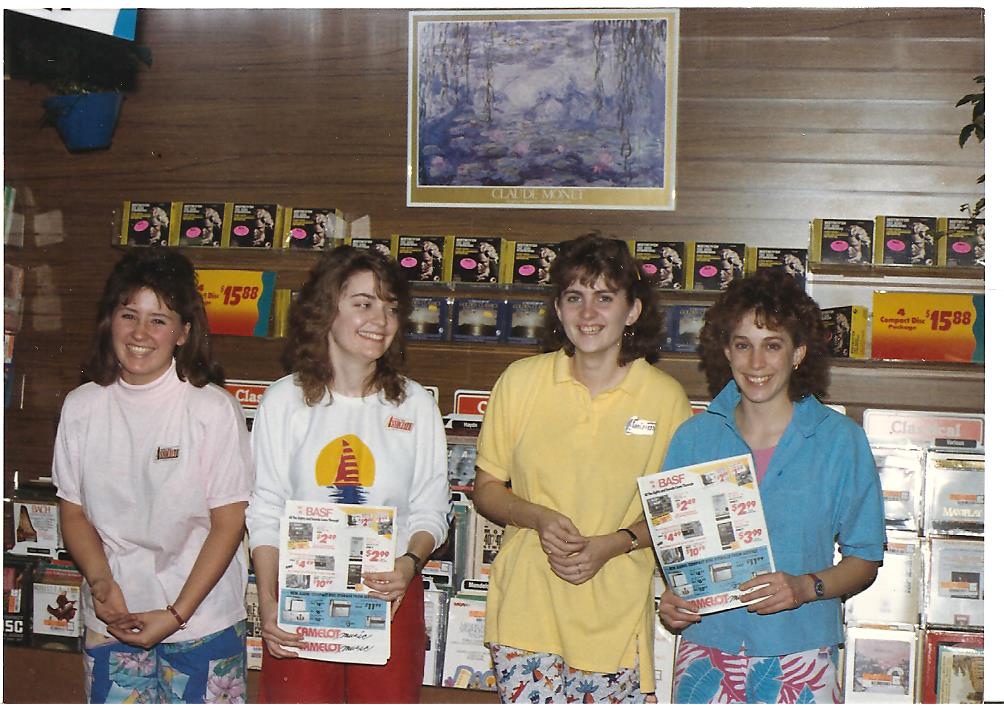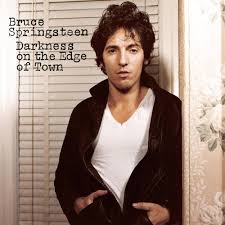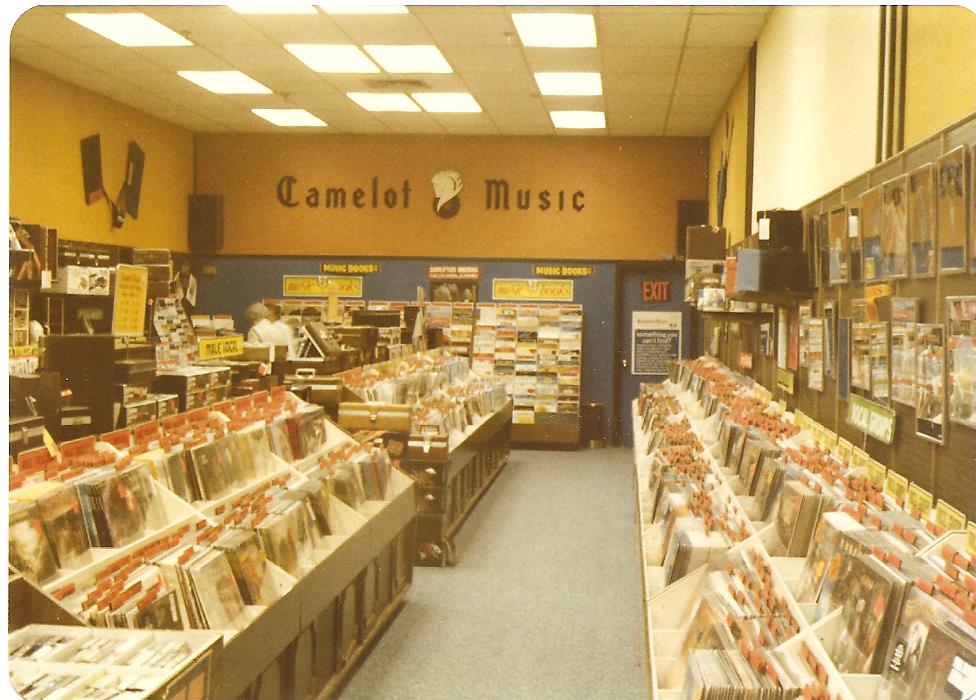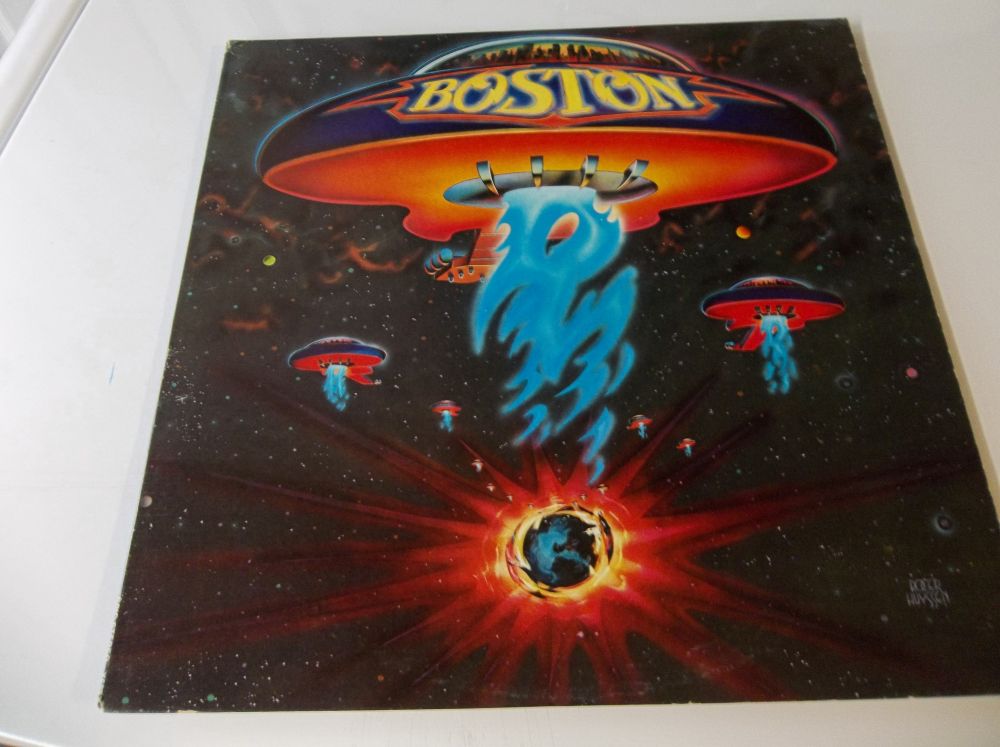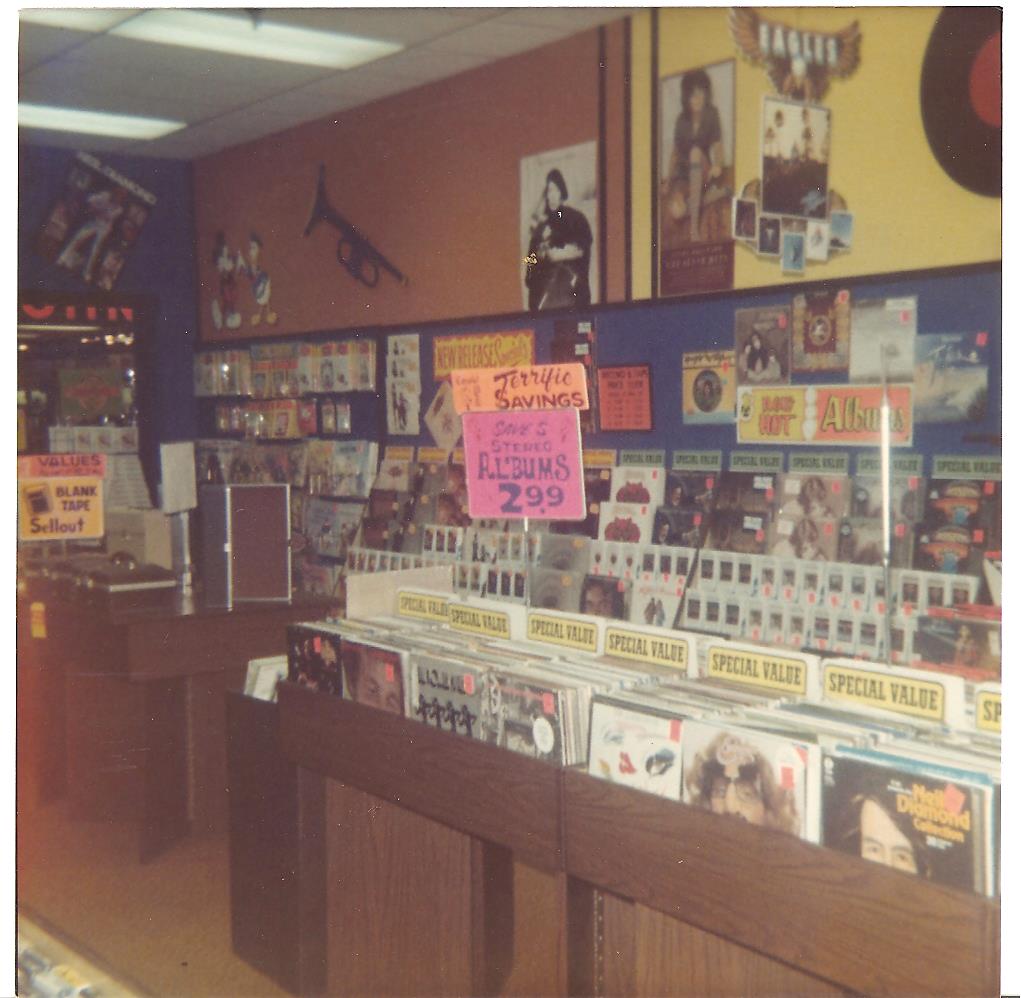Key Takeaway
This week’s chart is all about transformation: Guilty by Barbra Streisand isn’t just topping the counts—it’s signalling a moment when the cross-pollination of disco, pop and superstar collaboration reshaped the mainstream.
At a glance: the sound of the previous decade (Queen, classic rock) meets what’s coming next (slick productions, crossover hits).
A Snapshot in Time
Before diving into the music, here’s what else was happening in the world:
The U.S. is deeply engaged in the 1980 presidential campaign: Jimmy Carter is the incumbent President, Ronald Reagan is the challenger, and tensions around issues like the economy, inflation, and the Iran hostage crisis are mounting.
Globally, October 1980 also saw significant geopolitical unease and shifting alliances.
Musically, tastes are shifting—while rock remains strong, polished pop productions, dance-friendly beats, and crossover genres are gaining traction (disco’s influence, though waning in some quarters, still echoes in pop).
Just as America was experiencing that political and social tension, these albums were spinning on turntables nationwide.
This Week’s Top Ten Albums in America
The Game — Queen
Guilty — Barbra Streisand
Diana — Diana Ross
Xanadu — Olivia Newton-John / Electric Light Orchestra
One Step Closer — The Doobie Brothers
Crimes of Passion — Pat Benatar
Give Me The Night — George Benson
Panorama — The Cars
Emotional Rescue — The Rolling Stones
Back In Black — AC/DC
Album of the Week Spotlight
Guilty - Barbra Streisand
Album of the Week Spotlight
Guilty – Barbra Streisand
Why I Picked It:
I have chosen this album because of the impact it had on the market at the time. Barbra Streisand needed a strong, modern release in 1980—and Guilty, produced and co-written by Barry Gibb of the Bee Gees, delivered that.
It married her voice with contemporary pop sensibilities, yielding massive hits and resetting expectations for what a superstar from the prior era could achieve in the new decade.
Release Story & Chart Climb:
Guilty was released September 23, 1980. Wikipedia+2www.peachpitmusic.com+2 Barry Gibb, of the Bee Gees, and his production team (Albhy Galuten, Karl Richardson) handled writing and production, contributing not just songs, but shaping the sound. Wikipedia+2www.peachpitmusic.com+2
The lead single, “Woman in Love” (written by Barry & Robin Gibb) was released in mid-August 1980 and began to dominate the airwaves. Wikipedia+1
Within weeks of release, Guilty rose to the top of the U.S. Billboard 200 albums chart. Albumism+2number1albums.com+2
By late October / early November, it was firmly established as a chart-topper. number1albums.com+1
Critical Reception & Cultural Impact:
The album was generally well received; critics praised Streisand’s performance as well as Gibb’s ability to modernize her sound without losing what made her voice and style distinctive.
The collaboration with the Bee Gees lent a touch of disco-informed rhythm and pop polish but with a mature vocal delivery. Albumism+1
Culturally, Guilty marked one of the high points in crossover pop of the era. It showed that established artists could evolve, and that the distinction between “rock,” “pop,” “disco,” and “adult contemporary” was becoming more fluid.
It also underscored how production matters: the team behind the music—writers, producers, engineers—were becoming star collaborators in their own right.
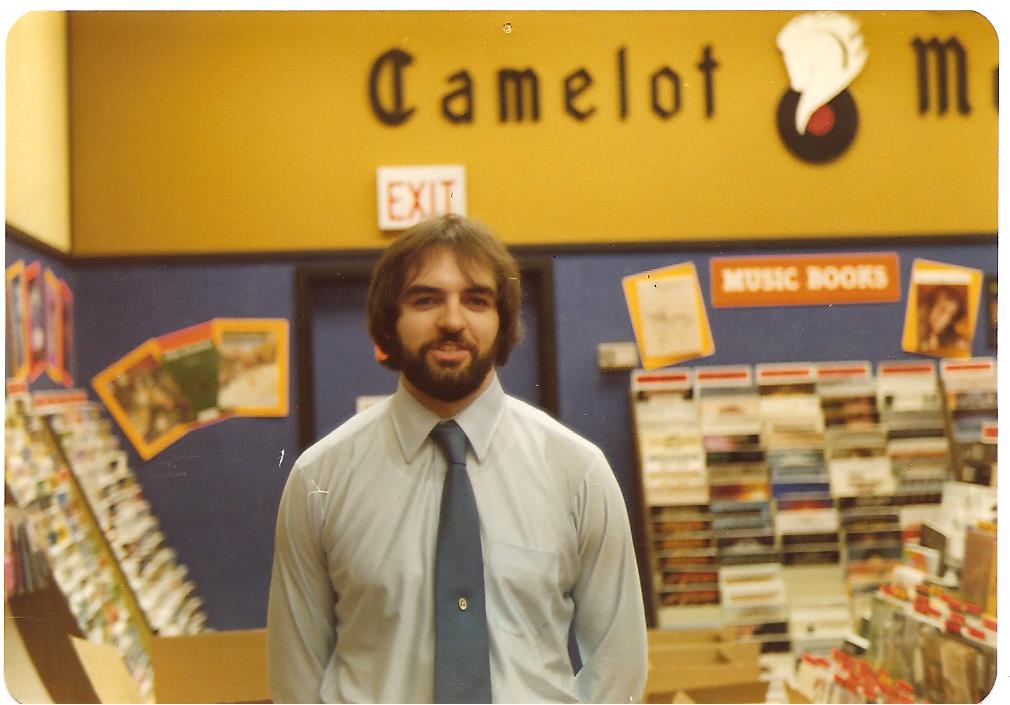
George Drum Manager
My Connection
I was the manager of Camelot Music at Eastview Mall at the time.
It was an exciting time for me, both professionally and personally.
My regional supervisor had started entrusting me with helping in other stores in our Upstate New York area.
I was working with younger managers at the Fayetteville, NY store, and just setting up the brand new Camelot Music that opened the first week of October 1980.
I remember building a huge Guilty display in the new store’s Showcase front entrance window.
Guilty was everywhere. It was two weeks away from helping set up the new Camelot store at Sangertown Square Mall, Utica, NY.
Personally, it was tough—my wife was nearly six months pregnant with our first child. I had to spend six nights away from her for this assignment.
But even in that strain there was energy: the buzz around music, new store openings, seeing customers walk in excited to hear Guilty—that energy made it worth it.
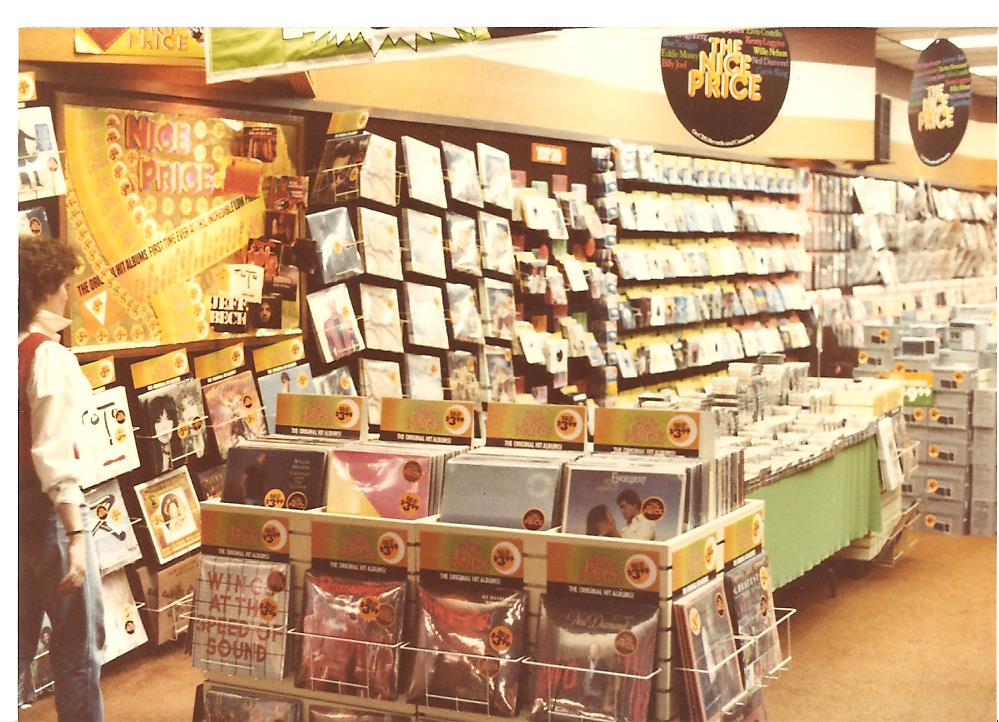
Camelot Eastview Mall
Reflections & Insights
This week’s chart shows how strong rock still was—Queen, AC/DC, The Stones—but also that pop had shifted sharply.
Streisand’s Guilty is a turning point: it’s not just a superstar leaning into pop; it’s pop embracing adult storytelling plus lush production.
It reflects an era where vinyl still ruled, but production sophistication was escalating—synths, polished backing vocals, crossover genres.
Moreover, the music becomes a lens to see broader change: consumers wanted familiarity (the voices they recognized) but also something fresh.
Guilty hit that balance. It also foreshadows how much collaboration (superstar + star producer/songwriter) will dominate much of the ’80s.
Trivia Corner
Fun Fact 1: The song “Woman in Love,” the album’s lead single, became one of Streisand’s biggest international hits, reaching #1 in many countries. Albumism+2Wikipedia+2
Fun Fact 2: Guilty sold extremely well—by many estimates it moved over 2.5 million copies in the U.S. within just a few months. Wikipedia+1
Fun Fact 3: The production team used the same kind of drum loop under “Woman in Love” (slowed down and altered) as was used on the Bee Gees’ Stayin’ Alive, creating a connection between disco’s height in the late ’70s and this album’s more polished, dance-inflected pop. Albumism
Frequently Asked Questions (FAQ)
Q: Was Guilty already #1 the week of October 18, 1980?
A: Not yet. Guilty was released in late September. It climbed quickly, but its #1 status on the U.S. Billboard 200 came shortly after—around October 25, 1980. number1albums.com+2Academic Dictionaries and Encyclopedias+2
Q: Who wrote most of the songs on Guilty?
A: Barry Gibb (of the Bee Gees) was the primary writer and producer, joined by Albhy Galuten and Karl Richardson. Several songs were written expressly for Streisand. www.peachpitmusic.com+2Albumism+2
Q: How did Guilty compare to Streisand’s earlier albums in terms of style?
A: It represented a shift toward more contemporary pop and post-disco polish, integrating lush studio production and modern pop hooks more than many of her earlier albums, which often leaned more heavily into traditional ballads, show tunes, and orchestral arrangements. Guilty let the production shine without losing her vocal strengths. Albumism+1
Q: What else was going on in music that made this moment pivotal?
A: Two things: one, rock and established artists were still very much in the mix (see Queen, Rolling Stones, AC/DC). Two, the production values in pop were increasing, with crossover between disco, funk, adult contemporary, and rock. Audiences were more open to polished, sleek sounds with big hooks. Guilty rode that wave effectively.
Join The Conversation
What were you listening to this week in history? Did you buy one of these albums when it was new?
Share your memories below, or join the discussion on our Music in the 1970s Facebook page to keep the needle spinning.
Follow Music In The 1970s
Love classic rock, soul, and everything 70s?
Join us for daily album insights, rare stories, and lively discussions.
Keep the golden era of music alive with fellow fans!
Visit Music In The 1970s